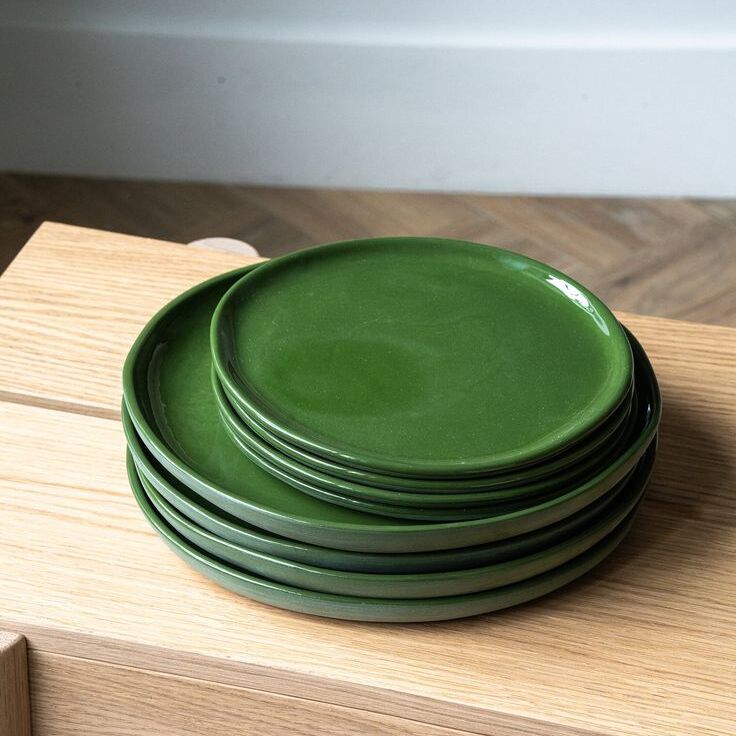In the world of cooking and food preparation, understanding what is kitchenware is essential for both novice cooks and seasoned chefs. Quality kitchenware can significantly impact your cooking experience, the flavors of your meals, and even your health. It encompasses everything from pots and pans to cutting boards and utensils. This article will delve into the significance of quality kitchenware, highlighting the variety of tools available and their role in making your cooking endeavors smooth and enjoyable.
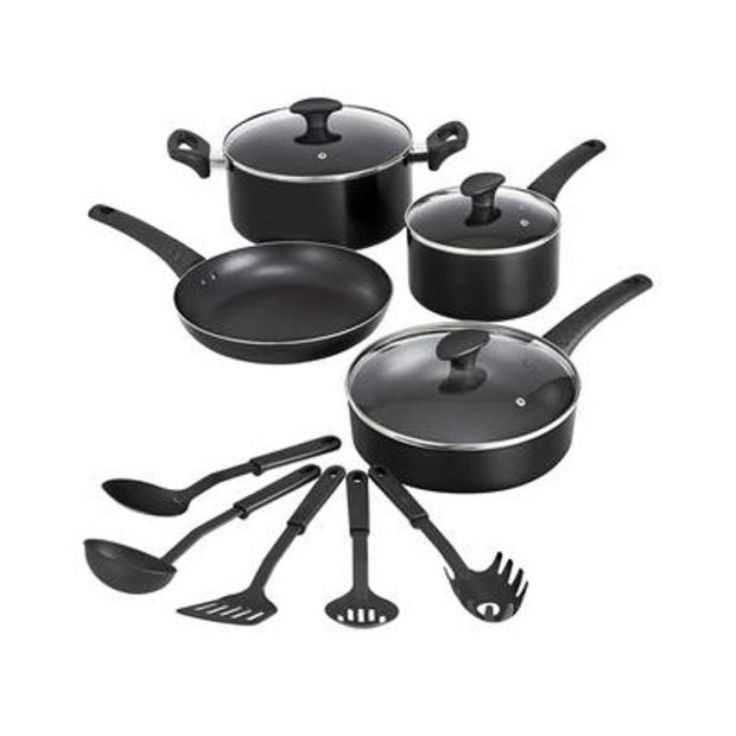
What is Kitchenware: Definition and Types
What is kitchenware? Kitchenware refers to the various tools, utensils, and equipment used in the kitchen for cooking, food preparation, and serving. This broad category includes cookware, bakeware, cutlery, small appliances, and even storage solutions. Understanding the types of kitchen utensil is crucial for setting up an efficient and functional kitchen.
Cookware includes pots, pans, and skillets designed for cooking over a heat source. Bakeware, including baking sheets and cake pans, is essential for items baked in an oven. Cutlery encompasses knives and cutting boards necessary for meal preparation. Small appliances, like blenders and mixers, streamline the cooking process. Finally, storage solutions, including containers and jars, help maintain organization and freshness.
By exploring what is kitchenware, you can determine which specific tools are essential for your cooking needs, leading to a more productive and enjoyable culinary experience.
The Role of Quality Kitchenware in Cooking
Quality kitchenware plays an integral role in enhancing your cooking experience. When you invest in high-quality tools, you create an environment that fosters creativity and efficiency. Inferior kitchen utensils can lead to frustrations such as uneven cooking, food sticking to surfaces, or inaccurate measurements. This is why discerning what is kitchen utensils and choosing pieces that are made to last is crucial.
Moreover, quality kitchen utensils often incorporates better materials, contributing to healthier cooking. For example, non-stick pans made from high-quality materials may eliminate the need for excess cooking oil, making meals healthier. Similarly, high-grade stainless steel utensils prevent the leaching of harmful chemicals into your food. Thus, understanding what is kitchenware goes beyond simple functionality; it impacts your health and the quality of the meals you prepare.
Investing in quality kitchen utensil is a long-term approach. While it may be tempting to opt for lower-cost items, the performance and durability of higher-quality tools ultimately save money over time by reducing the need for frequent replacements.
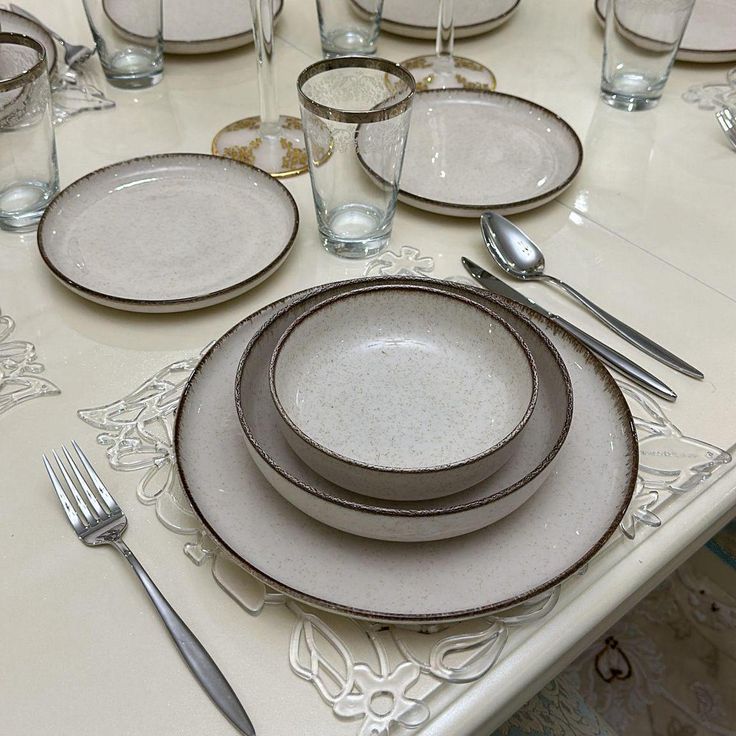
Safety Considerations with Kitchenware
When exploring what is kitchenware, it’s essential to consider safety. Not all kitchen utensil is created equal, and using subpar products can pose risks during food preparation. For instance, low-quality knives can have non-ergonomic designs, increasing the chances of accidents. It’s crucial to select tools that are comfortable to use and designed with safety in mind.
In addition, some cookware made from inferior materials can release harmful chemicals when heated. This poses health risks when food is prepared using such equipment. Understanding the importance of quality kitchen utensil helps you avoid products that compromise both safety and health. Choosing kitchenware made from safe, non-toxic materials, like BPA-free plastics and high-quality ceramics, ensures that you can cook with peace of mind.
Lastly, effective use of kitchenware also involves proper maintenance. Regularly check for wear and tear, replacing items that may be risky to use. Engaging with quality kitchenware not only emphasizes cooking efficiency but also prioritizes the well-being of everyone in the kitchen.
Essential Kitchenware for Every Home Cook
Understanding what is kitchenware opens doors to identifying essential items that every home cook should have. Basic kitchen utensil will vary depending on personal cooking styles, but some ubiquitous tools include chef knives, cutting boards, pots, frying pans, and mixing bowls.
A good chef knife is often considered the most essential tool in any kitchen, as it is used for a variety of tasks, from chopping vegetables to slicing meats. A sturdy cutting board provides a designated surface that enhances safety and cleanliness during food prep. Cookware, specifically a range of pots and pans, allows for versatile cooking techniques—boiling, frying, braising, or baking.
Additionally, having an assortment of mixing bowls aids in combining ingredients while ensuring efficiency and organization. Investing in these essential pieces of kitchen utensil creates a functional workspace that promotes creativity and ease in meal preparation.
Understanding what is kitchenware means knowing which items are most beneficial to your cooking arsenal. Ultimately, having quality tools at your disposal can inspire culinary exploration and boost confidence in the kitchen.

The Economics of Kitchenware: A Good Investment
When contemplating what is kitchenware, one must also evaluate the economic aspect of kitchen utensils purchases. Quality kitchenware may have a higher initial price tag, but it often serves as a better investment over time. Poor-quality kitchenware can lead to dissatisfaction and frequent replacements, adding to overall costs.
Investing in higher-quality kitchen utensil typically equates to better durability and longevity. Items made from robust materials, like heavy-duty stainless steel or high-grade non-stick surfaces, are designed to withstand everyday use while providing superior performance. This means less stress about your kitchenware failing when you need it the most.
Moreover, reputable kitchen utensils brands often offer warranties or guarantees, further enhancing their value. If you encounter any defects in your product, you often have the peace of mind that comes with knowing you can receive a replacement. By understanding what is kitchenware from an economic perspective, you can appreciate the long-term benefits of prioritizing quality over cost.
How to Choose Quality Kitchenware
Determining what is kitchenware and identifying quality options within this category involves several steps. First, consider the materials used in manufacturing. Items made from high-grade stainless steel, silicone, or non-toxic ceramic are often more durable than cheaper alternatives. Avoid plastic where necessary, as it may not hold up over time.
Secondly, evaluate functionality. Kitchenware should suit your specific cooking needs. For example, if you frequently bake, investing in heavy-duty bakeware is essential. Likewise, if you often prepare stir-fries, a high-quality wok can make a significant difference.
Additionally, brand reputation matters. Engage with reviews and seek recommendations to guide your purchase decisions. Many well-established kitchenware brands have built a reputation for quality and durability, making it easier for you to identify trustworthy options.
Finally, don’t shy away from investing in sets that offer a range of items. Kitchenware sets can provide comprehensive solutions, ensuring you have all necessary tools at your disposal.
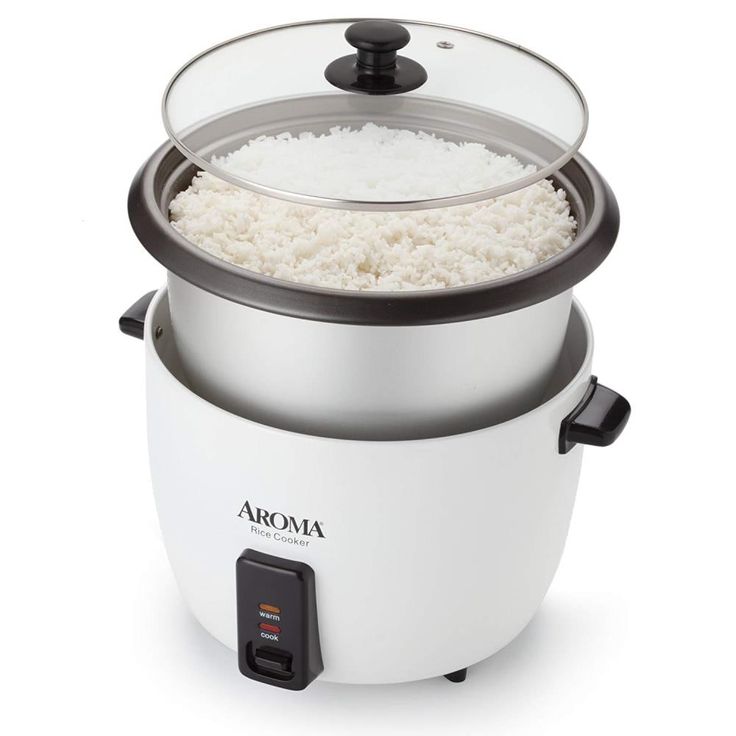
Sustainable Kitchenware: A Growing Trend
As awareness of environmental issues rises, so does the importance of sustainable kitchen utensils. Understanding what is kitchenware today implies recognizing the impact of our choices on the environment. Sustainable kitchen utensil encompasses items made from eco-friendly materials such as bamboo, recycled metals, or biodegradable plastics.
Using bamboo utensils and cutting boards, for example, reduces reliance on traditional wood sources and promotes reforestation. Choosing products crafted from recycled materials can decrease landfill waste and keep resources in use. Furthermore, many sustainable kitchenware items are designed to last longer than their conventional counterparts, supporting both the environment and your kitchen’s efficiency.
Exploring sustainable kitchenware is an opportunity to align culinary practices with responsible consumption. By opting for green alternatives, you contribute positively to the planet while enjoying the same high-quality kitchen experiences.
Maintaining Your Kitchenware for Longevity
After investing wisely in quality kitchenware, maintaining it properly becomes vital. Understanding what is kitchenware includes recognizing that care can lead to a longer lifespan. Different materials will have different maintenance requirements. For instance, stainless steel items should be cleaned with gentle soap and a soft cloth to avoid scratches, while non-stick pans must be treated with care to protect the coating.
Regularly check for signs of wear—knives that lose their edge, pots that warp, or non-stick surfaces that begin to peel. Taking immediate action, such as sharpening knives or properly seasoning cast iron, can prevent further damage.
Additionally, store your kitchenware correctly. Knives should be kept in sheaths or knife blocks, while pots and pans should avoid stacking to prevent scratches. Proper storage not only keeps your kitchenware in excellent condition but also promotes a tidy, organized kitchen.
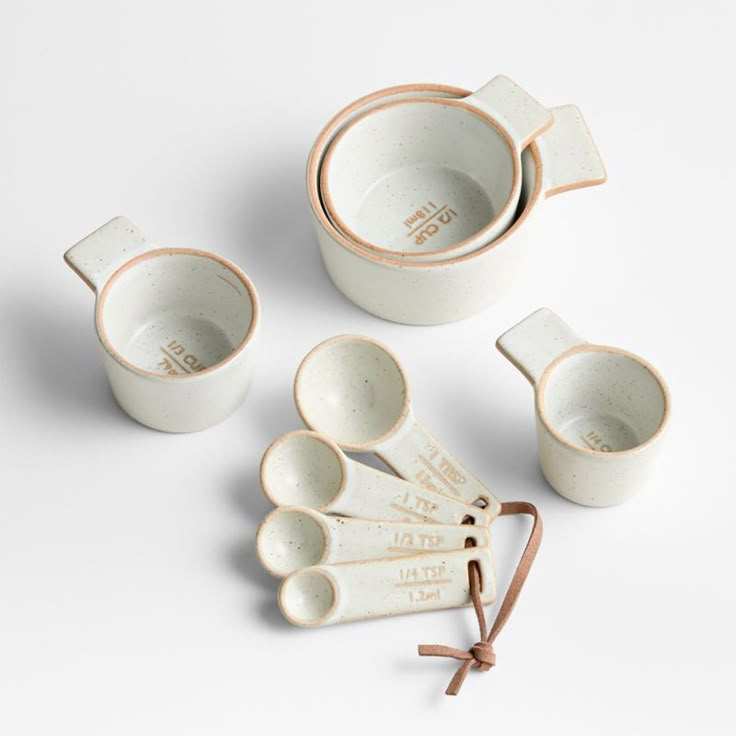
Conclusion
Understanding what is kitchenware is essential for any home cook who aims to enhance their culinary skills. High-quality kitchenware can significantly influence the cooking process, contributing to improved efficiency, safety, and health. From recognizing the essential tools needed to weighing the economic factors, investing in quality kitchen utensils is a decision that yields long-term benefits.
Whether you explore sustainable options or focus on maintaining your current collection, prioritizing quality is key. Quality kitchenware not only supports your cooking endeavors but also contributes positively to the environment. By making informed choices, you empower yourself to create delightful meals while caring for your kitchen and the planet.
